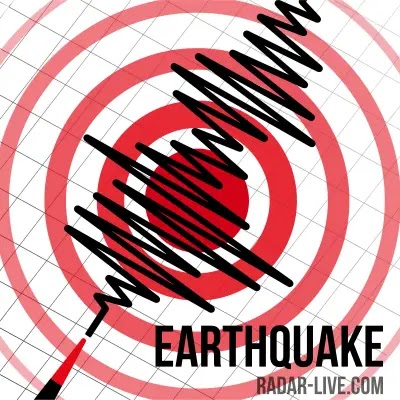Check the seismic map for where the earthquake occurred today. See the magnitude of earthquakes anywhere in the world.
A device for measuring seismic shocks is a seismograph. It works on the principle of detecting the movement of the earth's crust and recording data on a time graph. Based on the graph, data such as the strength of the earthquake, the frequency and duration of the earthquake and its location are analyzed.

How does an earthquake occur?
Earthquakes are primarily formed due to dynamic processes within the Earth. The Earth's crust is divided into large tectonic plates that move on the liquid mantle, driven by thermal convection. Most earthquakes occur along the boundaries of these plates, which can be convergent (plates collide), divergent (plates separate), or transformational (plates move relative to each other). As plates move, stress accumulates in rocks along fault lines. Eventually, the accumulated stress exceeds the strength limit of the rocks, leading to the release of stored energy in the form of an earthquake. The released energy travels through the rocks and earth in the form of seismic waves, which is what we feel during an earthquake.

The effects of an earthquake can include surface faults, deep faults and sinkholes, the strength of which depends on the size and depth of the quake. The tremors may cause a volcanic eruption and numerous fires. Earthquakes cause numerous destructions of buildings and large material losses. There may be many deaths and injuries.